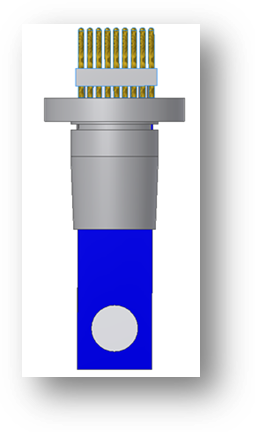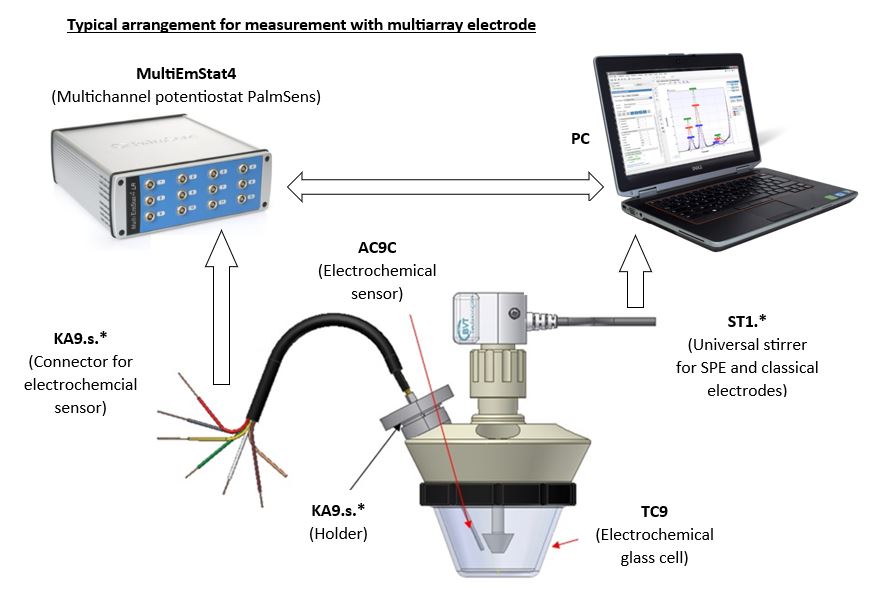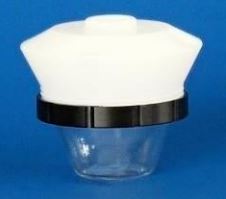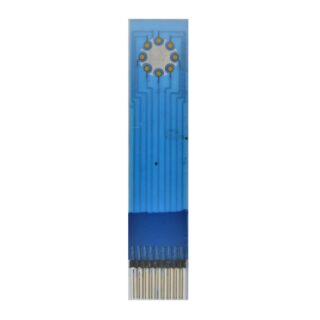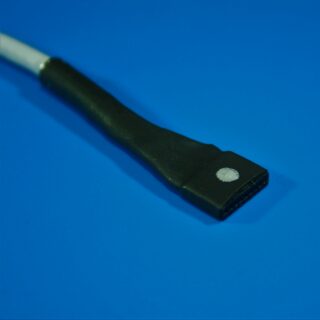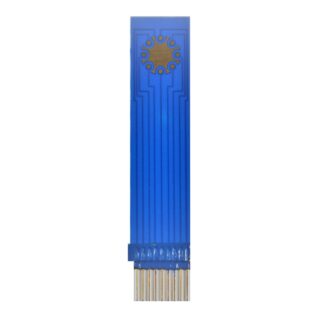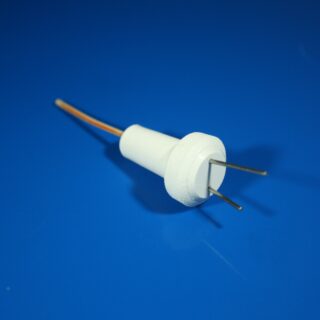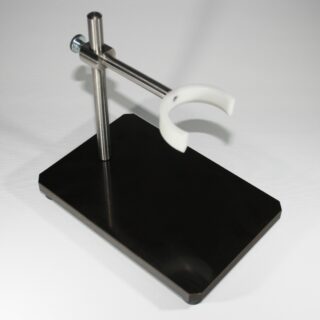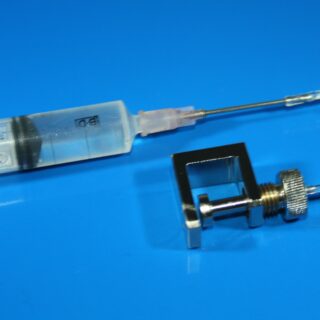Category
- Custom made glass products
- CUSTOMER SERVICES
- NEW PRODUCTS
- Sensors and electrodes
- Custom made and Modified Screen Printed Electrodes
- Stirrers
- Cables and connectors
- Cell
- Potentiostats
- Manual Screen Printer
- Minithermostat
- Pumps
- Accessories
- Kits & Sets
- Discounted SPEs (at a reduced price with visual defects/inconsistancies, but fully functional)
AC9C Holder
Holder for AC9C electrochemical sensor with an array of 8 working electrodes and 1 common reference electrode.
It is used for multi-analyte detection. Sensor holder fits in TC9 glass cell opening.
You may also like…
-
TC9 Electrochemical Glass Cell
Read moreBorosilicate glass cell serves for electrochemical measurements.
The analyzed solution can be thermostated by external thermostat MT1-1.
Cell openings are designed for stirrer ST9 or mini RDE and connector KA9.s with folder for electrochemical sensor AC9C, classical electrodes WCEc, ACEc and RCEc. The device enables the measurement with inserted samples.
-
AC9C Electrochemical sensor
Read moreAmperometric sensor with an array of 8 working electrodes and 1 common reference electrode made by thick film technology with integrated connector
Dimensions: 59.0 x 12.7 x 0.63 mm
WE material: Au/Pt, Au, Pt, Ag, C
The sensor is formed on a corundum ceramic base. On to this surface eight working electrodes, and the reference electrode are applied. The electrodes can be made of variety of materials (see below). At the end of the sensor there is an integrated connector. It is connected with the active part by the silver conducting paths which are covered by a dielectric protection layer. Different bio-chemically active substances can be immobilised on the working electrodes of the sensor.
-
AC9C.WSP Electrochemical sensor
Read moreAmperometric sensor with an array of 8 working electrodes and 1 common reference electrode made by sputtering with integrated connector
Dimensions: 59.0 x 12.7 x 0.63 mm
WE material: Au
The sensor is formed on corundum polished ceramic base. On to this surface eight working electrodes, and the reference electrode are applied by sputtering. The working electrodes are made of gold. At the end of the sensor there is an integrated connector. It is connected with the active part by the silver conducting paths which are covered by a dielectric protection layer. Different bio-chemically active substances can be immobilised on the working electrodes of the sensor.
Related products
-
STP1.* Stoppers for Cells
Read moreStoppers are formed from white PBTP (Polybutylenterephtalate). They are used for covering of the glass cells produced by BVT.
The system with the stopper is closed and space is prevent from solution evaporation.
Model Recommended Vessel Termination STP1.S TC4, TC5, TC6 Stopper for TC4, TC5, TC6 STP1.1 TC4, TC5, TC6 Stopper with bubbling STP1.2 TC4, TC5, TC6 Stopper with tubing STP1.3 TC4, TC5, TC6 Middle stopper -
WI Wash Instrument for FC
Read moreWashing instrument for flow cells FC2, FC3 and FC4.
Flow cells FC2, FC3 and FC4 can be fouled by buffer salts, standard or sample substances especially in the tubing that brings measured liquid to the sensor.
The salts embed namely in the edges of drilled openings. It causes decrease of the flow area, thereby flow rate. These negative influences decrease the signal and measurement reliability. Most frequently it happens when high salt concentration solutions or solutions with impurities are used. The flows cell can be washed by pressured water using syringe.

